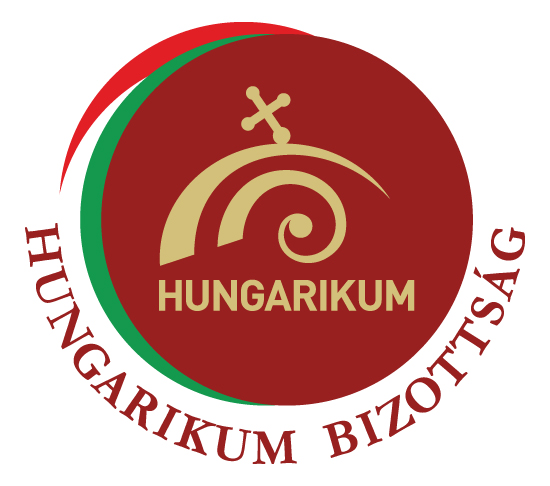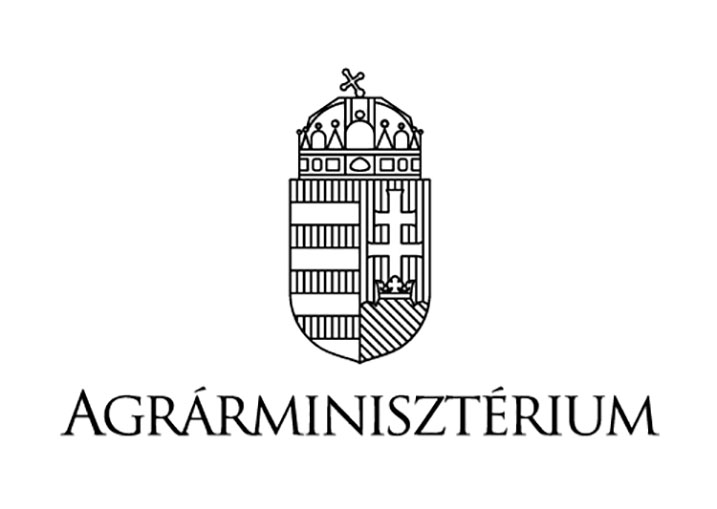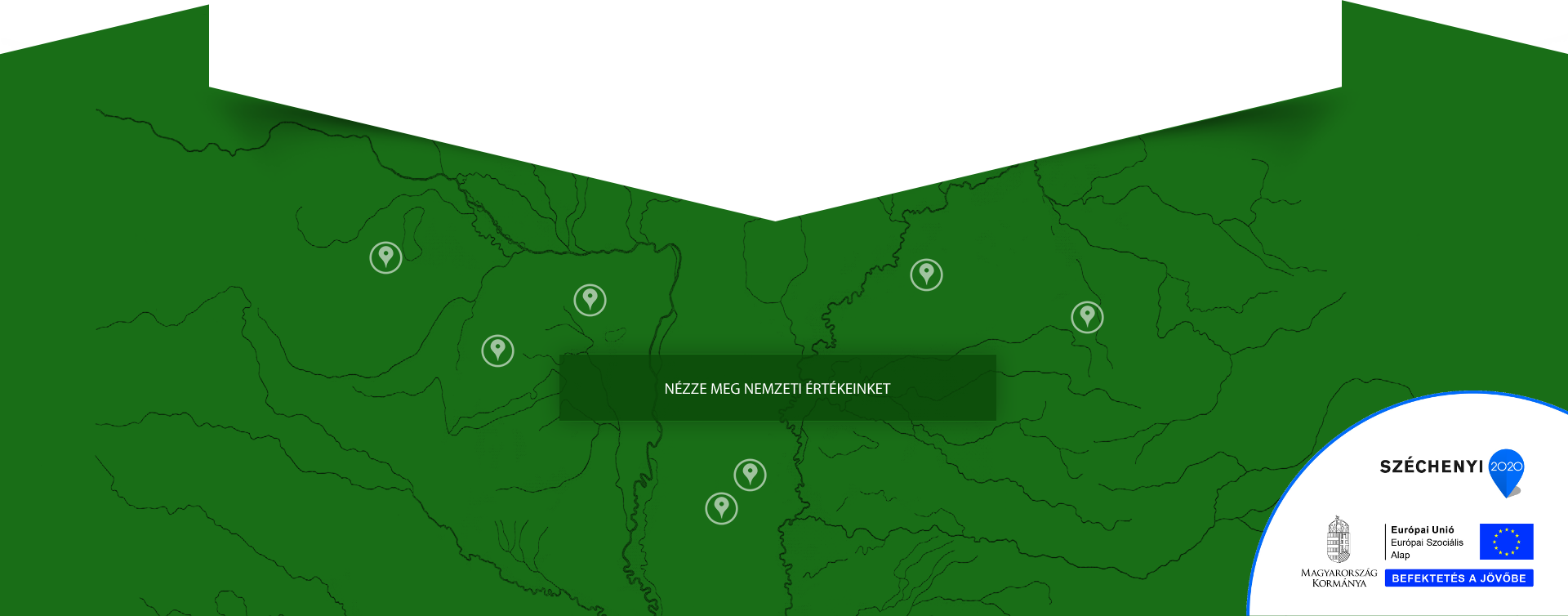The Buda-side of the heritage area includes the buildings of the Castle District of Buda, the Gellért Hill and Gellért Bath. The Pest-side of the World Heritage area includes the stretch of the Danube, where the most pronounced feature is the building of Parliament by Imre Steindl, but the Hungarian Academy of Sciences, the Gresham Palace, the Vigadó of Pest and the Inner City Parish Church are also significant. Four bridges of the Danube in this area (Margaret Bridge, Chain Bridge, Elizabeth Bridge and Liberty Bridge) are also part of the World Heritage, altogether with Andrássy Avenue, Heroes’ Square and the Millennium Underground Railway.
Hungarikum
Hungarikum
Millenary Benedictine Abbey of Pannonhalma and its natural environment
The Benedictine Abbey of Pannonhalma is one of the most outstanding national historic sites in Hungary, a religious and art historical centre.
Tokaj Wine Region Historic Cultural Landscape
Tokaj wine region has a microclimate that is unique in the world, and which is especially favourable for the production of aszú. It has a tradition - rooted in the 16th century of producing aszú wines, noble naturally sweet wines and high quality, dry, white wines.
Hortobágy national park - the Puszta
The most famous Hungarian puszta is internationally known and acknowledged.
The Kassai method of horseback archery
Leo the Wise, Purple-born Constantine and western chroniclers unanimously agreed on that Hungarians were second to none in their war spirit, discipline and horseback archery skills.
Herend porcelain
Herend Porcelain Manufactory is currently the biggest porcelain manufactory in the world. Values embodied by Herend porcelain including special skills gathered throughout generations, traditions of manufactural porcelain making, secret recipes of porcelain paints, striving after outstanding quality and continuous renewal.
Matyó folk art – the embroidery culture of a traditional community
Matyó embroidery has a history of 200 years; the most emblematic and well-known of its countless motifs is the matyó rose.
Intellectual heritage of count István Széchenyi
The huge and unprecedented lifework of Count István Széchenyi stood out not only in his own age, but carries important values for the successors too. His exemplary love toward his homeland, belief in progress, sacrifices, willpower and last but not least, practical works made him to one of the greatest figures of the Hungarian history.
The Bible of Vizsoly
Gáspár Károli, a Calvinist pastor was a superintendent of Kassavölgy Diocese. He translated and published the first Bible to Hungarian in 1590, which made the name of his settlement known beyond the borders of the country. Gáspár Károli not only translated but also maintained, edited and published the Bible in Hungarian. The language of this Bible contributed a great deal to the development, shaping, dissemination and formulation of the Hungarian culture and language, and has remained a definite and valuable event in the history of the Hungarian nation in its spirit and as an object. The 425-year-old publication has an immense cultural, religious and historical linguistic value.
Old Village of Hollókő and its Surroundings
Due to its unique and universal significance, Hollókő was the first amont the prospective Hungarian locations along with Budapest to be designated as a World Heritage Site in 1997.




